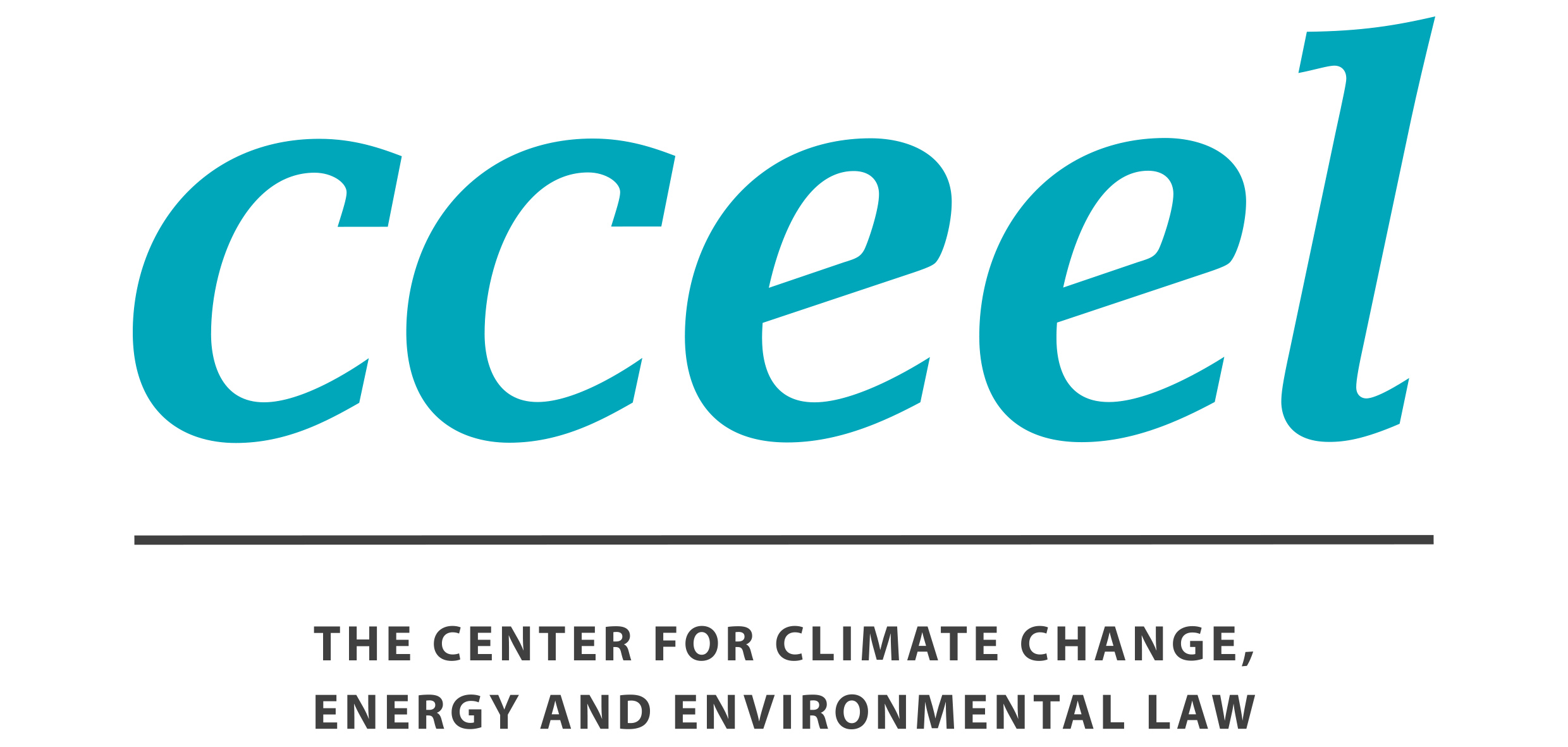A nudge towards low-emission mobility – A glance at the AFI Directive’s approach to end oil dependence in the European transport sector

Sara Kymenvaara, Researcher, Climate Change Law, LL.M.
Photo by NeONBRAND on Unsplash.
A famous metaphor on climate change politics refers to people’s unrelenting driving of SUVs, disconnected from the threat of climate change they are contributing to. Although a lot has changed on the political arena with the entry into force of the Paris Agreement on 4 November 2016, the transport sector’s current state of play, in certain aspects, still corresponds to the metaphor’s dystopian features. The sector plays, however, an important role in achieving the Paris Agreement’s climate change mitigation objectives.
In the EU, transport is set to contribute to the overall emission reduction target of 30% by 2030 from 2005-levels. The Commission has also set out a specific goal for the transport sector to reduce greenhouse gas emissions by 60% from 1990-levels by the year 2050.
How to achieve these ambitious objectives? Transport remains the only sector in EU where GHG emissions have risen since 1990. Emission reductions achieved by new motor vehicles’ improved energy efficiency as a result of the EU Regulations on passenger cars and vans are forecast to be offset by increased mobility demand. In fact, it seems that the 60% emission reduction target for the transport sector will require a “systemic change” in the transport system and sector as a whole.
One of the key measures to achieve the necessary systemic change is to end the transport sector’s heavy reliance on fossil fuels and start using cleaner vehicles and fuels. To this end, a key EU-level policy instrument is Directive 2014/94/EU on the deployment of alternative fuels infrastructure (the “AFI Directive”), a main legislative measure to implement the Commission’s alternative fuels strategy.
Alternative fuels include, for example, electricity, hydrogen, natural gas and sustainable biofuels, and the AFI Directive’s main objective is to promote the construction of the infrastructure needed for the vehicles running on these fuels. However, installing infrastructure for vehicles using alternative fuels should correspond to the amount and types of vehicles in use. Such vehicles are not currently sold in amounts large enough to develop sufficiently competitive prices. Thus, the combination of high prices and lack of infrastructure discourages consumers from buying them.
The AFI Directive aims to end this vicious circle by obliging EU Member States to promote the development of their national markets for alternative fuels and set objectives and targets for the related infrastructure. The AFI Directive contains, however, no binding targets for infrastructure and the Member States’ objectives can be revised at a later stage. Thus, the AFI Directive ‘nudges’ rather than obliges Member States to develop markets and infrastructure for low-emission fuels and vehicles.
Concerning electric mobility, for example, the EU Member States must ensure that an “appropriate” number of public charging points are installed for electric vehicles in densely populated areas by 2020. The “appropriate number” is determined largely by the Member States themselves in relation to their national estimates of, and objectives for, the number of electric vehicles to be registered by 2020.
Achieving the ambitious emission reduction goals in the transport sector also requires that policy incentives that counteract these objectives are identified and abolished. For long, the tax benefit to diesel fuels in many EU Member States has created such an incentive, let alone the failure to consider diesel’s external costs of air pollution on human health. Over half of all newly registered passenger cars in the EU run on diesel while alternative fuel vehicles currently only account for 4.9% of all passenger cars in use.
The figures indicate that EU currently is far from achieving the objective of a Low-emission Mobility. Interestingly, however, certain estimates, mainly concerning Norway, predict that electric vehicles are set to conquer the markets extensively in the near future. However, Norway seems to be an exception to the otherwise increasing share of diesel vehicles in the rest of Europe; Norway’s share of electric vehicles in new car sales currently is currently almost 30%, while the same figure is 1.5% for Western Europe. In addition, hardly no other European country has a state budget robust enough to afford the fiscal incentives for electric vehicles that have stimulated their surge in Norway.
Against this backdrop, the national objectives and policy measures of the EU Member States to implement the AFI Directive will be essential for cutting oil dependence in the transport sector. If these national policy frameworks are sufficiently ambitious, the AFI Directive’s adaptive strategy may indeed solve the deadlock concerning lack of infrastructure and alternative fuel vehicles’ market penetration – and thus contribute to the decarbonisation of the transport sector within the timeframes set out by the EU’s climate policy objectives.
